Tyson falls 16%, Americans are tightening belts! Which companies benefit from this?
Tyson Foods' performance has taken a turn for the worse, becoming the first industry to be hit by post-inflation aftermath.
Which companies will also be affected? Since there is market outflow, there must also be inflow. Which companies may benefit from this?
The Meat King Tyson Foods $Tyson(TSN)$ saw its stock price plummet 16 points after announcing Q1 (Q2 of fiscal year 23) financial report on May 8th, making it an "unexpected" giant to have exploded in this year's Q1 earnings season.
What's wrong with the TSN?
Firstly, from the company's revenue perspective. The overall Q1 revenue was $13.133 billion, a year-on-year increase of 3%, lower than analysts' average expectations of $13.62 billion. However, because the average pricing dropped by 3.2%, actual sales volume remained basically unchanged. Among the three protein giants, beef business had the largest proportion with Q1 sales of $4.617 billion, lower than last year's same period of $5.034 billion; pork business had sales of $1.421 billion, lower than last year's $1.565 billion; while chicken business had sales of $4.43 billion which increased compared to last year’s same period at $4.086 billion.
Among these three major categories, only chicken products saw an increase in pricing by 2%. Beef prices fell by 3% and pork prices fell by 10%. This trend continued throughout H1 FY23.
Secondly, going from profit to loss on profitability is a taboo for consumer goods companies.The Q1 quarter lost USD0 .28 per share which was far below market expectations for earnings per share (EPS) at USD0 .80 cents adjusted EPS loss per share was USD0 .04 cents compared to earnings per share (EPS) gain at USD2 .29 during same period last year.
The increase in operating costs is also related to supply chain issues.On one hand due to beef shortages,the cost of live cattle has increased spending by US$305 million,and some inefficient factories closing generated costs up to US$92 million.At the same time,costs related inventory management rose up US$71 million.Raw materials and other input costs for prepared foods businesses also increased by US$55 million.
In addition, the company has once again lowered its full-year expectations, which means that this phase of impact in Q1 is just the beginning. The company expects sales for FY23 to be between $53 billion and $54 billion, again lowering it from the previous forecast of $55 billion to $57 billion and lower than market average expectations of $55.05 billion. The company also lowered its adjusted operating profit expectations for all major segmented markets such as beef, pork and chicken for FY23 due to uncertainties in macroeconomic environment this year.
Why is "inflation both wins and loses"?
Tyson Foods' performance has taken a hit due to market challenges faced by its three core products - beef, chicken, and pork. The problem with beef is particularly evident because it has the highest unit price. On one hand, costs are rising while on the other hand pricing is decreasing as fewer people are buying.
This may be one of the after-effects of inflation. As CPI food items remain consistently high, people become increasingly worried about the worsening economic recession and opt for more affordable high-protein meat substitutes instead of expensive meats. This can also be seen in the positive growth of pre-packaged foods while slightly cheaper chicken sales are expected to increase 3% YoY.
Furthermore, looking at CPI sub-items over recent months shows that overall food inflation remains stable (with significant stickiness) due to low substitutability in food items. Rising prices for eating out have not even kept up with increased home cooking costs which could lead more families to choose dining out.
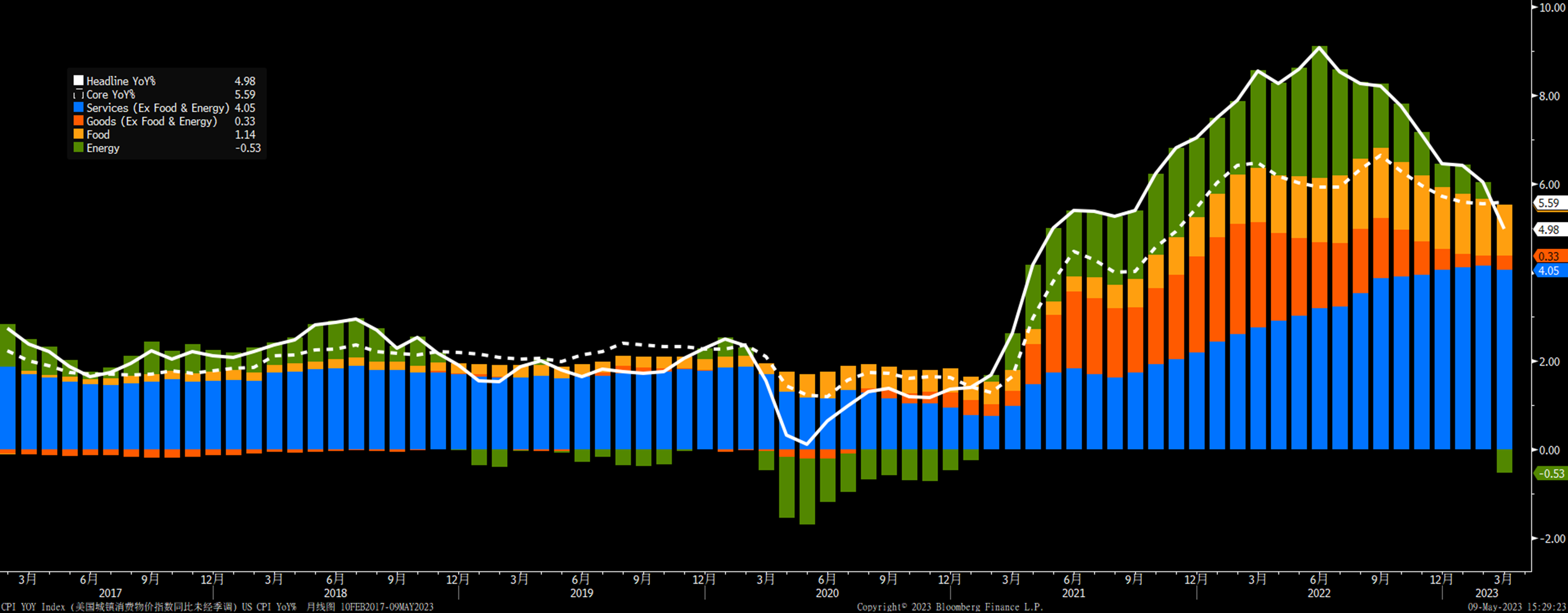
We believe Tyson Foods' problems stem from industry-wide issues with raw material supply chains similar to those faced by large retailers such as $Wal-Mart(WMT)$ Walmart (WMT) and $Target(TGT)$ Target (TGT) mid-2022:
Increased cost-side expenses due to supply chain issues but lagging sales leading them into a cycle where they must lower prices during periods when they should raise them thereby significantly impacting profits.
Which companies face this issue? Which ones benefit?
Companies facing similar problems include $Pilgrims Pride(PPC)$ , $Hormel(HRL)$, $Nathan's Famous(NATH)$ $Maple Leaf Foods Inc(FUMCF)$, all publicly listed meat industry companies.
But do all packaged food industries face these issues?
Looking at CPI sub-items reveals that prices for breads, beverages, candies, soups, canned goods etc., have remained stable suggesting that these basic consumer goods are less likely to be replaced and are mostly low-priced products. Moreover, the YoY growth rates of these sub-items have surpassed those for eating out in recent months.
The only other product similar to meat that has seen stagnant or even decreasing prices is fruits and vegetables. Large fruit producers and wholesalers such as $Dole plc(DOLE)$ (distributor), $Fresh Del Monte Produce(FDP)$ may also be affected.
Moreover, given more people choose dining out, restaurant companies may gain a larger market share. For example, $McDonald's(MCD)$ $Yum(YUM)$ $Chipotle Mexican Grill(CMG)$ $Domino's Pizza(DPZ)$ all well-established chain stores.
Beverage companies like $Monster Beverage(MNST)$ $Coca-Cola(KO)$ $Pepsi(PEP)$ $Celsius Holdings, Inc.(CELH)$ will benefit from pricing strategies.
As for $Starbucks(SBUX)$, it depends on its individual same-store sales which currently looks optimistic based on CPI coffee-related figures.
Disclaimer: Investing carries risk. This is not financial advice. The above content should not be regarded as an offer, recommendation, or solicitation on acquiring or disposing of any financial products, any associated discussions, comments, or posts by author or other users should not be considered as such either. It is solely for general information purpose only, which does not consider your own investment objectives, financial situations or needs. TTM assumes no responsibility or warranty for the accuracy and completeness of the information, investors should do their own research and may seek professional advice before investing.

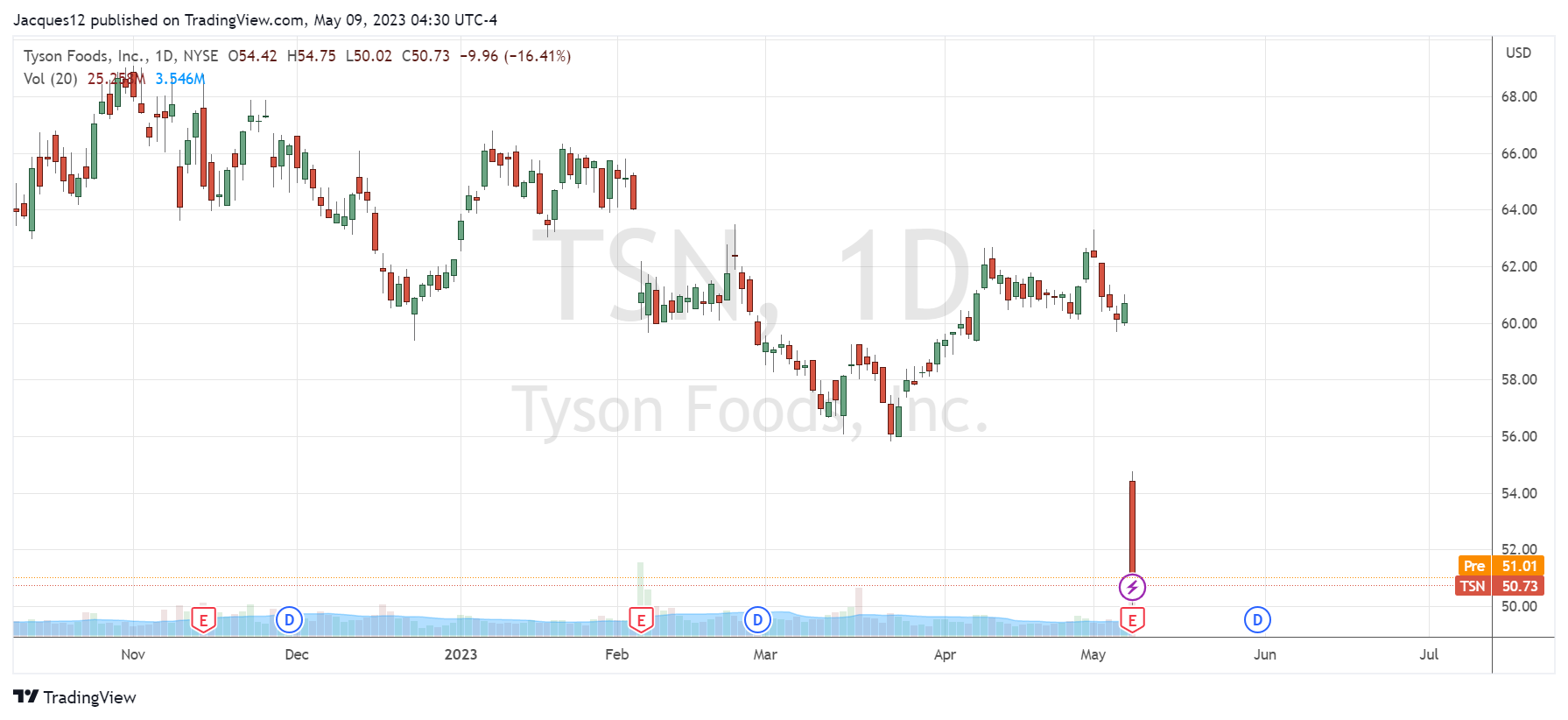
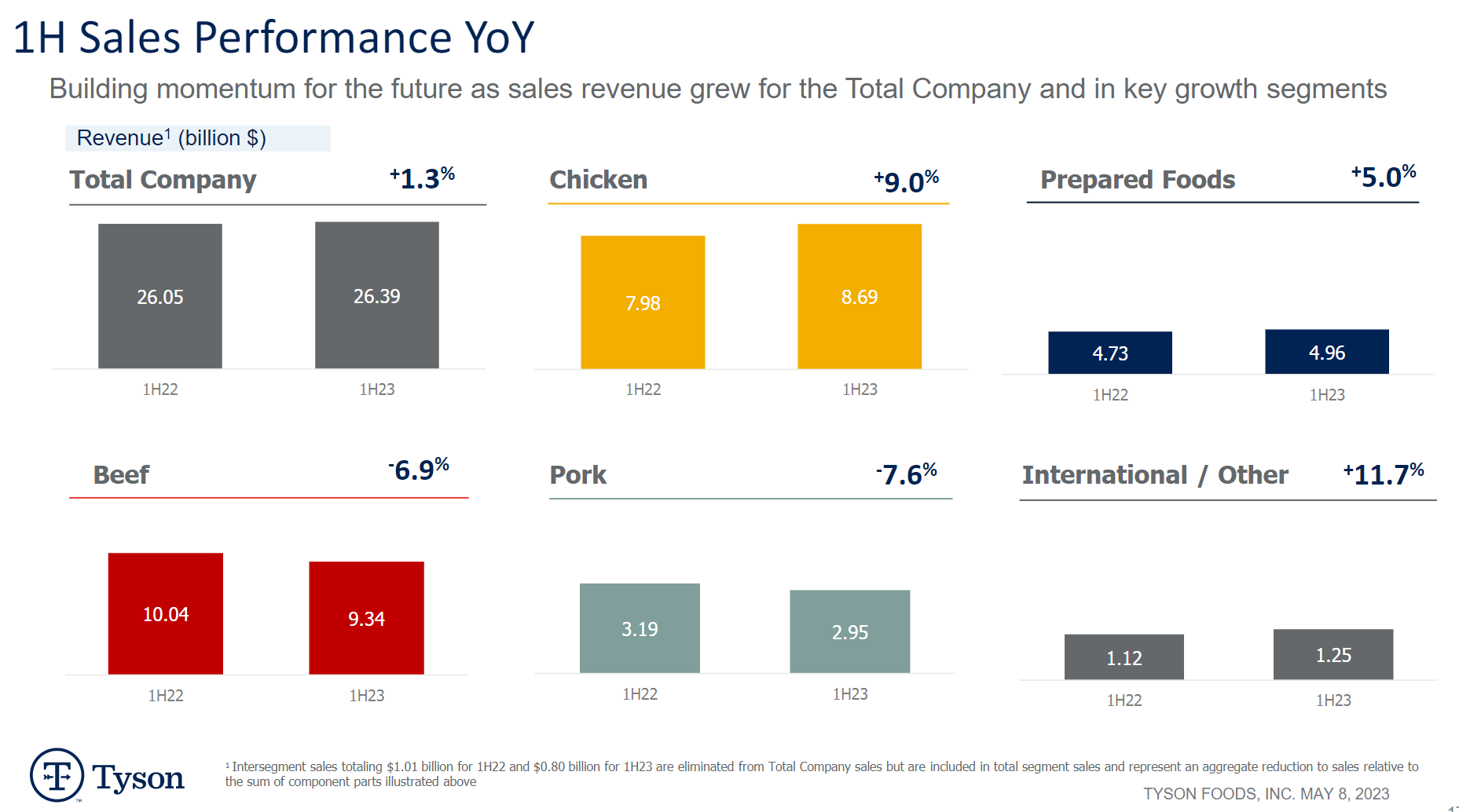
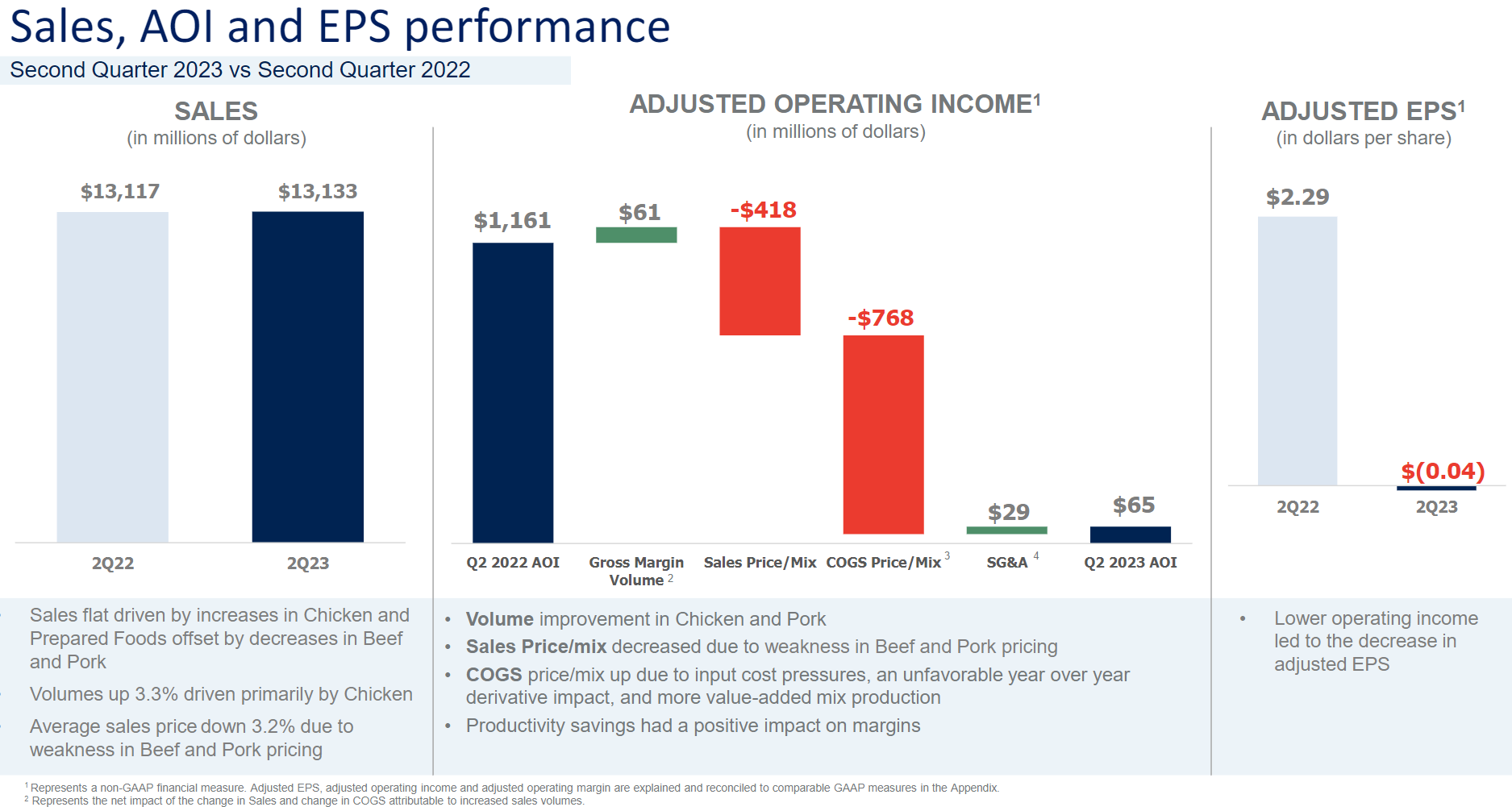
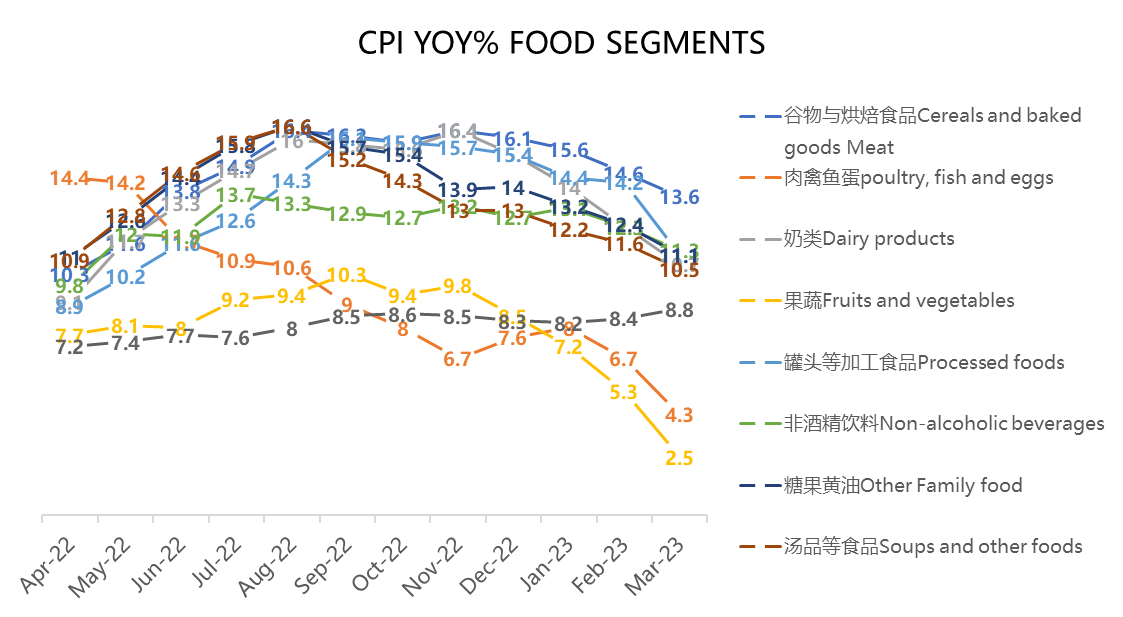
should I get in now or wait for the cpi?
你認爲泰森還有機會嗎?